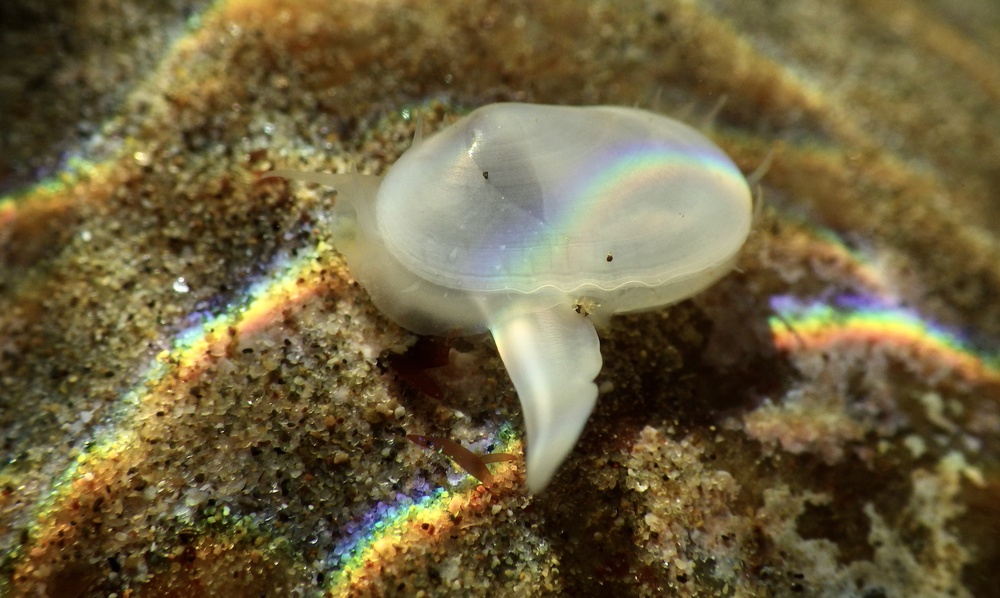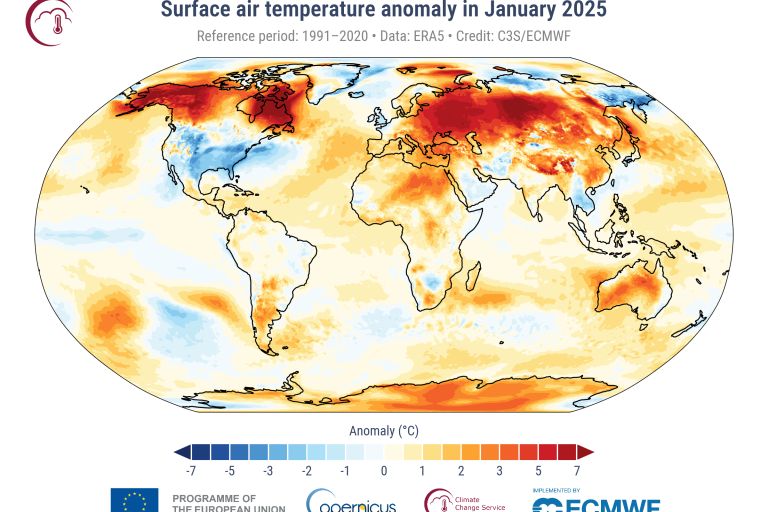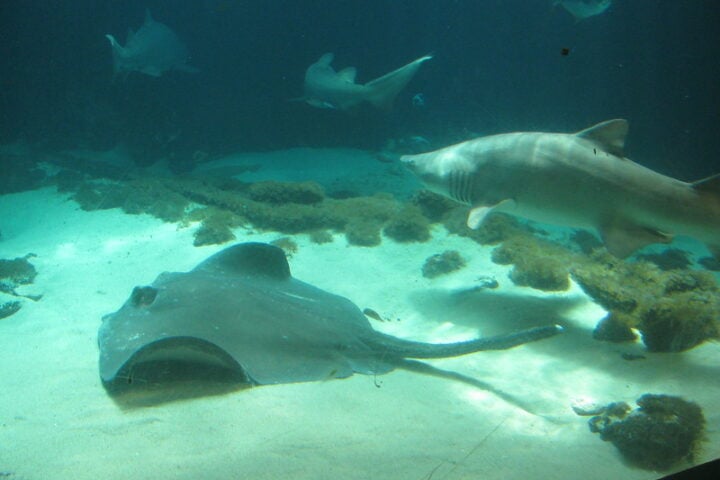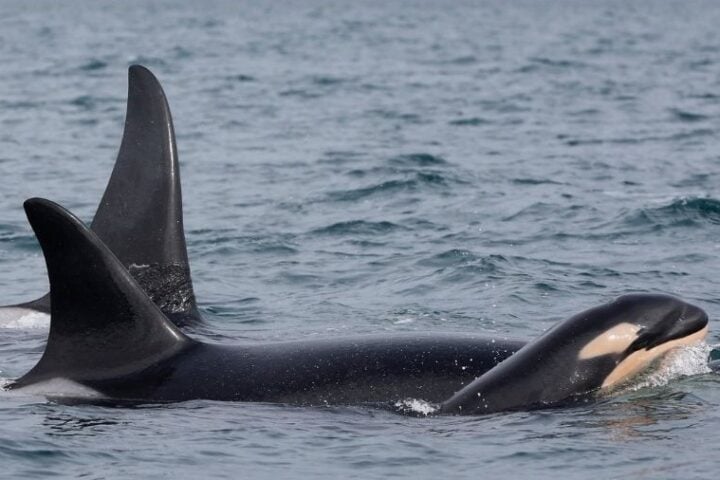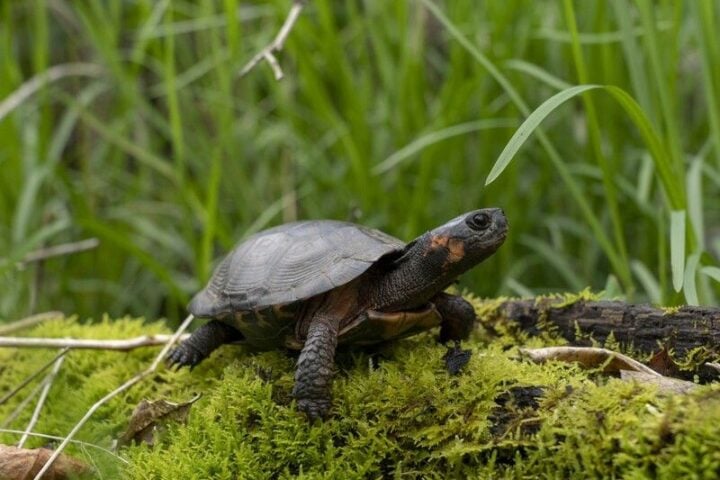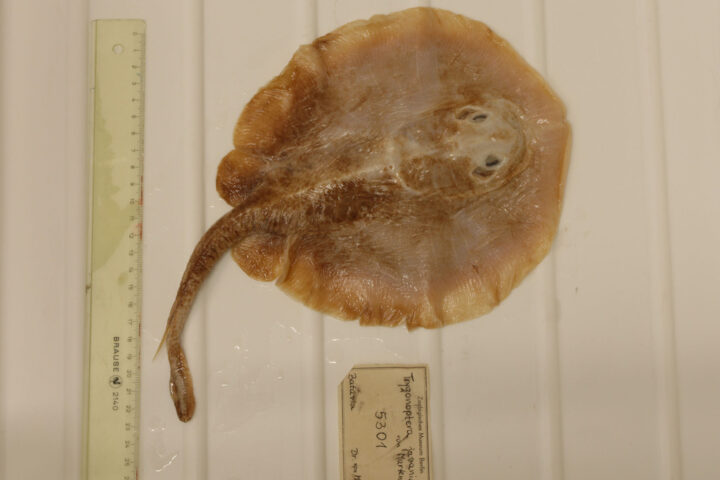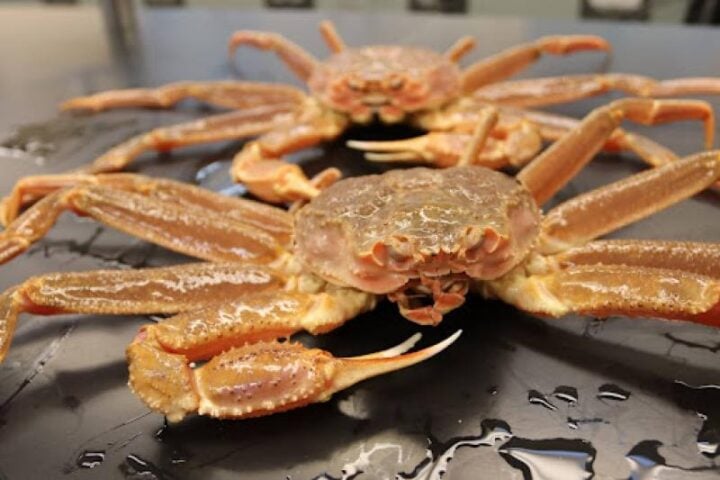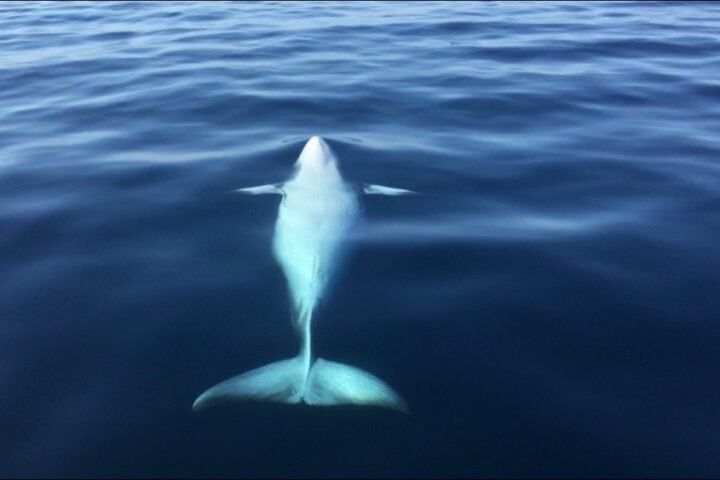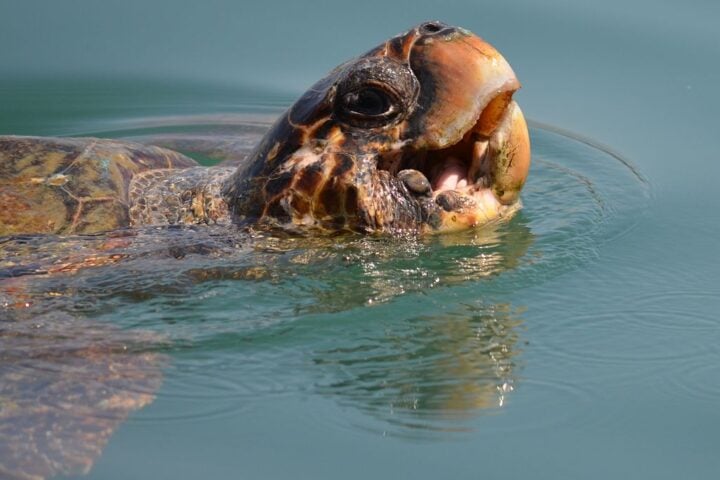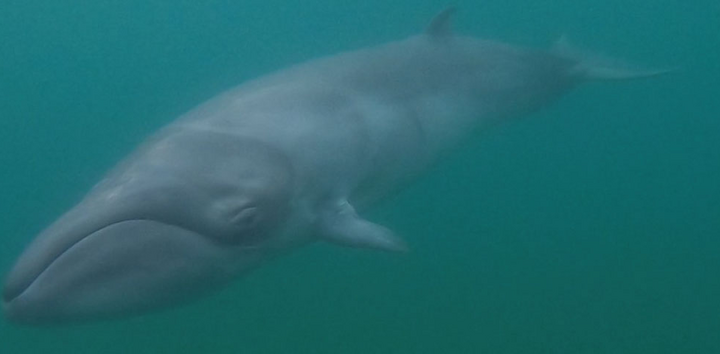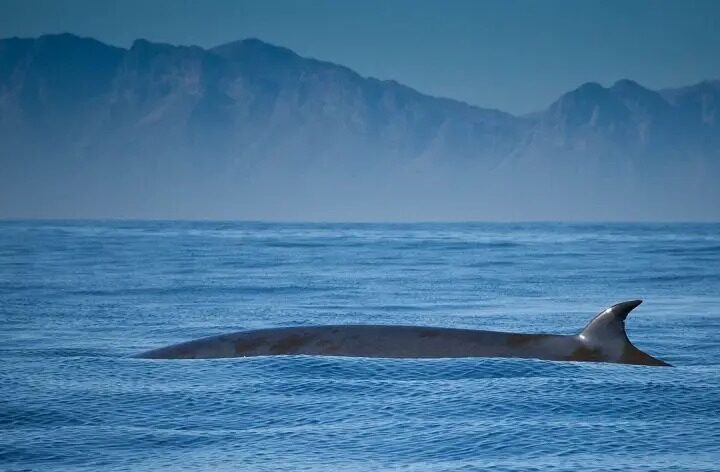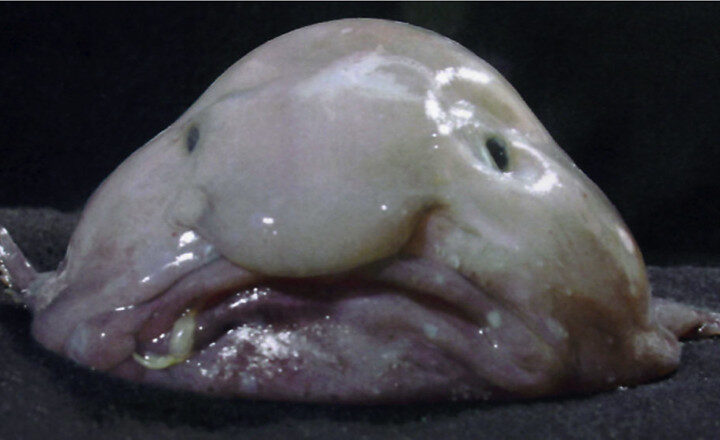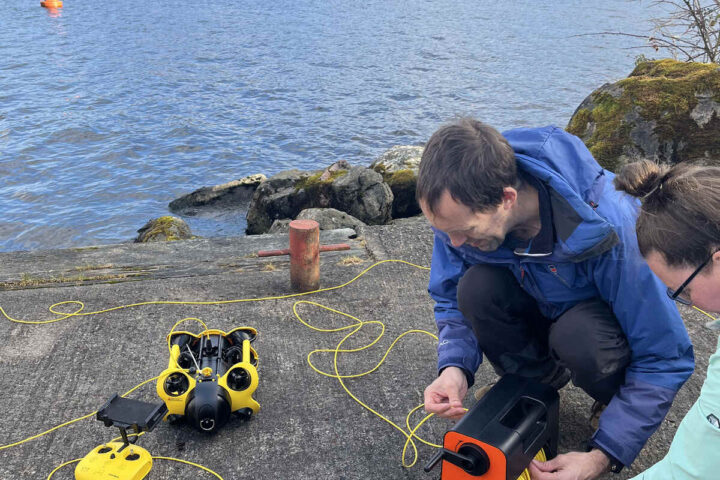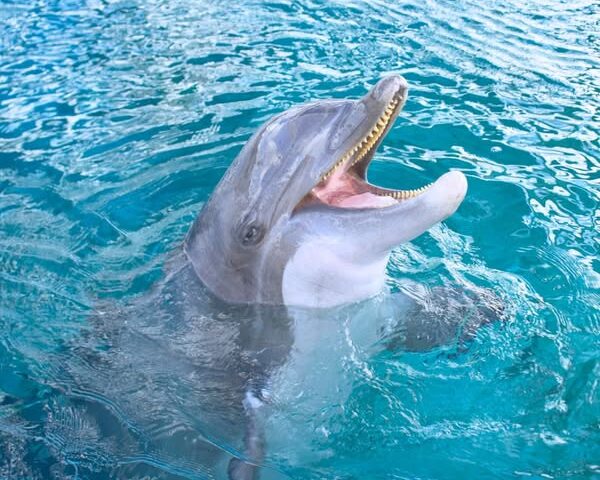A small see-through clam, about the size of your fingernail, has surprised scientists by showing up alive on a California beach. The clam was last seen in fossil records from 28,000 to 36,000 years ago, during the late Pleistocene period when sea levels reached much further inland than today.
Beach scientist Jeff Goddard wasn’t even looking for clams that November day in 2018. He was searching for sea slugs in Santa Barbara’s tide pools when something caught his eye.
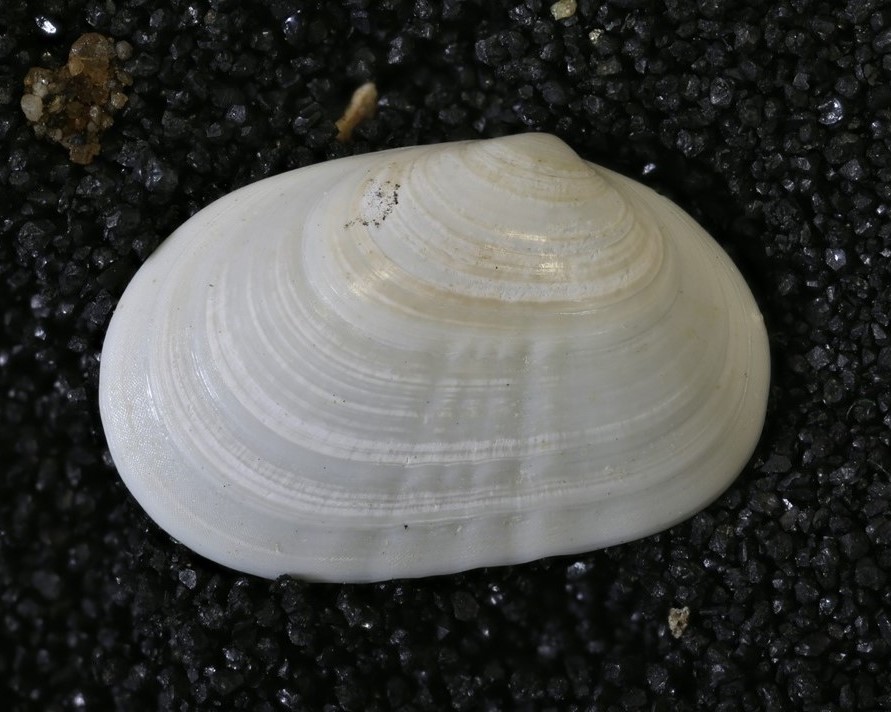
Photo Source:JEFF GODDARD
“I spotted these tiny white clams, just 10 millimeters long,” Goddard said. “When they stuck out their striped foot – kind of like a snail’s foot but longer than their shell – I knew this was something different.”
This rare discovery represents a species known previously only through fossils found in the Baldwin Hills of Los Angeles. The tiny size and unique habitat of these clams made them particularly challenging to locate.
Finding it wasn’t easy. After the first sighting, Goddard had to visit the beach nine more times before he could catch one to study. The clams’ small size and translucent appearance made them difficult to spot in their rocky beach habitat.
Similar Posts:
Shell expert Paul Valentich-Scott helped identify the tiny creature. “I’ve studied shells along American coasts for years,” he said. “This was something I’d never seen before.” To make sure they were right, they compared it to the original fossil specimen. It was a perfect match.
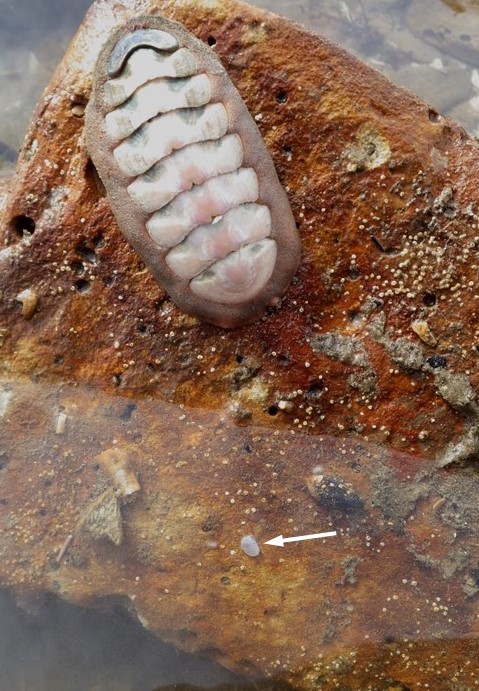
The clam turned out to be Cymatioa cooki, named after Edna Cook, who found the first fossils in Los Angeles in the 1937. These fossils came from an area that was once underwater but is now part of urban Los Angeles.

Scientists think ocean warming between 2014 and 2016 might have brought them north from Mexico. The marine heatwaves during this period enabled many species to extend their distributions northward, specifically at Naples Point.
Goddard suggests that C. cooki might be living in the broad intertidal boulder fields along Baja California’s Pacific coast, which stretch for miles. This extensive habitat could explain where the species has been living all these years.
The full report appears in the science journal ZooKeys, contributing to our understanding of marine species survival and discovery.
